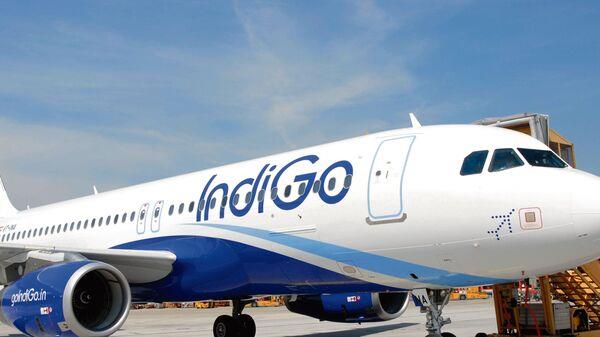
Simplicity Was Central To Indigo's Success. That Is About To Change
Once a poster boy of simplicity, this is not the only jump into complexity for the airline. It is also coming up with a loyalty program, details for which were announced while the program itself is awaited. Not to be left behind, is the order for A350s signed earlier this year, which will see induction from 2027.
Also read: IndiGo co-founder Rakesh Gangwal's family trust sells stake in airline worth ₹9,549 cror
The airline's infancy overlapped with tough times for Kingfisher Airlines and Jet Airways. Whenever the question of losses came up, the airline always had a ready answer - same type of aircraft, easy swaps to better On-time Performance, and same type of crew training across. Both Kingfisher Airlines and Jet Airways are history, and so is the famed On-Time Performance of IndiGo, with constant complaints about delays on social media also backed by data which indicates that the airline no longer has the edge it once had. The simplification philosophy was so strongly embedded that in 2016, the airline did not add six extra seats which the A320neo allowed, instead opting for the same 180 seats which was a norm on the A320ceo. Things changed thereafter, with the induction of A321 and ATRs. Times are so different now that the airline has two configurations each of A320 and A321, apart from the damp leased operations of MAX 8 and B777.
How does the complexity increase?Last year's winter was particularly harsh for the airline . Delays and diversions led to a lot of bad publicity, including a case where passengers sat on the tarmac leading to the regulator slapping fines on both the airport and the airline.
Also read: Ovens and hot meals: The last frontier for IndiGo after record profit
Loyalty: With fewer counters at airports and a large market share, IndiGo passengers often complain of long lines. This helps sell the Fast Forward service for the airline. With a loyalty program, there will be all sorts of coupons, vouchers, and benefits that will flow and that means additional time at the counter to show or redeem these vouchers on the phone, potentially impacting the speed of check-in and the throughput.
Loyalty programs are expensive and the returns may not always be as many, especially in a market where the airline commands a 60 per cent share. However, loyalty programs can come in handy for valuation as was the case with Jet Airways during its sale to Etihad. IndiGo's next phase is all about value and asset creation, where it will take more aircraft on its book and have programs which fetch valuation.
Dual Fleet: As the airline inducts its first A321 with IndiGo Stretch, it will have different seats for the economy class as well for these planes. It's like having a sub-fleet or an airline within an airline, something which it wanted to try with the ATRs but could not. With promised service levels, swapping planes in case of delays or groundings is a challenge. In the current scenario of mixed fleet, the cockpit crew is not impacted by swaps between A320 and A321, and likewise only the count of cabin crew differs with the swap.
Also read: Class war: IndiGo shows Air India it means business
With a different service level, swapping cabin crew also needs detailed attention and regular ability to swap planes due to delays is no longer a possibility. A disruption in case of this sub-fleet means either waiting for replacement aircraft or having to handle passengers in regular economy class.
Wide-body: Come 2027, IndiGo will debut the A350s. Will it be able to do to international, what it did to domestic? Stimulate the market? If the cost levels are right, the changes are high. For IndiGo to perfect the hub and spoke model, it will compete with Air India - which is housed in a single terminal at Delhi and Mumbai airports, unlike IndiGo. A longer connection time for IndiGo means it takes the edge off its offering. With widebody comes challenges like diversions to remote airfields, filling up a far bigger aeroplane with cost per trip much higher than now and bilateral rights which were not an issue for current expansion to, say, Africa or Central Asia.
Tail NoteThe airline will need a robust SOP to handle the disruption. A success here will pave the way for the A350 and configuring more aircraft with dual class in future. The intermediate step in all of this will be the A321XLR which is likely to make its debut with IndiGo next year. The intermediate routes will be those where the existing fleet cannot go and shorter than where the A350 will go, and will give a perfect mix to experiment, improve and perfect before the big leap. Legal Disclaimer:
MENAFN provides the
information “as is” without warranty of any kind. We do not accept
any responsibility or liability for the accuracy, content, images,
videos, licenses, completeness, legality, or reliability of the information
contained in this article. If you have any complaints or copyright
issues related to this article, kindly contact the provider above.


















Comments
No comment